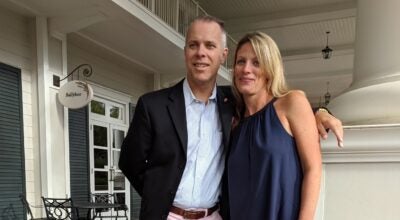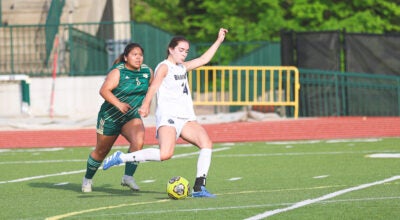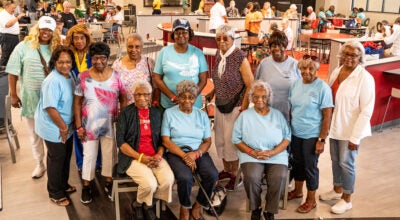Dealing with autism
Published 5:12 pm Tuesday, October 21, 2008
Brooke McGill’s class at the Linda Nolen Learning Center can get boisterous when everyone’s in a foul mood — some students dash for doors, throw snacks in the floor or slap their hands on tables.
On days like these, McGill celebrates the small steps her students make.
“If we can get their behavior under control, it’s a lot easier to help them learn,” McGill said. “Picking up a spoon to feed themselves for the first time is such a huge accomplishment. Any small improvement I see is all worth it.”
McGill teaches an elementary class of severely autistic students at the LNLC.
Just last year, the number of students diagnosed with autism in Shelby County rose from 186 to 212. In the last five years, the prevalence of the disorder increased by 421 percent in the county.
“Five years ago, we didn’t know what we know now,” said special education coordinator Dr. Marla Aldrich. “Before, we were placing kids inappropriately, but now we’ve gotten much better at recognizing the signs.
Most autistic students have been integrated into general education classrooms, sometimes receiving one or two hours of personal instruction. About 50 must be placed in self-contained classrooms with just four or five other students.
Conner Owens, 13, is one of those students. He doesn’t speak a word at school, but he’s not exactly the quietest kid in class.
“My son sometimes communicates by throwing temper tantrums,” said Nancy Owens. “I just wish people in the community didn’t assume my child is bad or that I’m doing something wrong because of the way he behaves.”
Conner, who is non-verbal, was diagnosed with autism when he was three. About a decade ago, his parents sought out better programming for him.
“We specifically moved to Shelby County nine years ago because they have the center and such excellent resources for these children,” Owens said.
Principal Michelle Shepherd said she gets calls from all over the country about LNLC’s programs. She believes that is because everything is specialized.
“We go out to observe school classrooms when they recommend a child,” Shepherd said. “We only serve severe cases here because we want to make sure we give kids what they need in their regular classrooms.”
Not everything can be done on a one-on-one level, but because each child has varying abilities, it’s important they get as much attention as possible. “They often don’t understand how to play,” McGill said. “So, it helps to sit down with them on their level and teach them.”
Throughout the day, everything done at LNLC tries to teach students communication and social skills — even snack time. Some students use pictures to signal what they want, while others use computer devices.
Conner himself now uses sign language for about 50 words. He can also fold laundry and even sort and stack objects. “I’d much rather him be learning these skills than sitting in a classroom with 30 other students,” Owens said. “This way he’s really focusing on what he needs to know, and they can push him to reach his full potential.”
Reaching full potential for many of the students at the LNLC may just mean being able to get dressed on their own or help their parents with dishes. Others might eventually be able to integrate into jobs.
Crystal Dreyer teaches high school aged students at Linda Nolen.
Two years ago, the school began taking students on field trips to places like Wal-Mart, Big Lots, the YMCA and Special Equestrians to ride horses.
“The more we get them out into the community, the more accepting people are, plus it helps them learn how to behave in public,” Dreyer said. “These trips provide good exercise and exposes them to the public again.”
Behavioral resource teacher Susan Peppenhorst said parents she talks with are worried about the next step.
A survey completed by about 40 percent of parents with children at LNLC said they were most concerned about social and vocational skills training.
“We always want to help them become more functional with their peers and as they get older we want to make sure they can hold a job,” Peppenhorst said. “Our eventual goal is to provide more parent training.”
Students can attend Linda Nolen until they are 21. Owens said she worries about that day even though it’s eight years away for her son.
“There is nowhere for him to go. It’s already stressful for parents to find after-school care as they get older,” Owens said. “There aren’t a lot of other services out there.”









